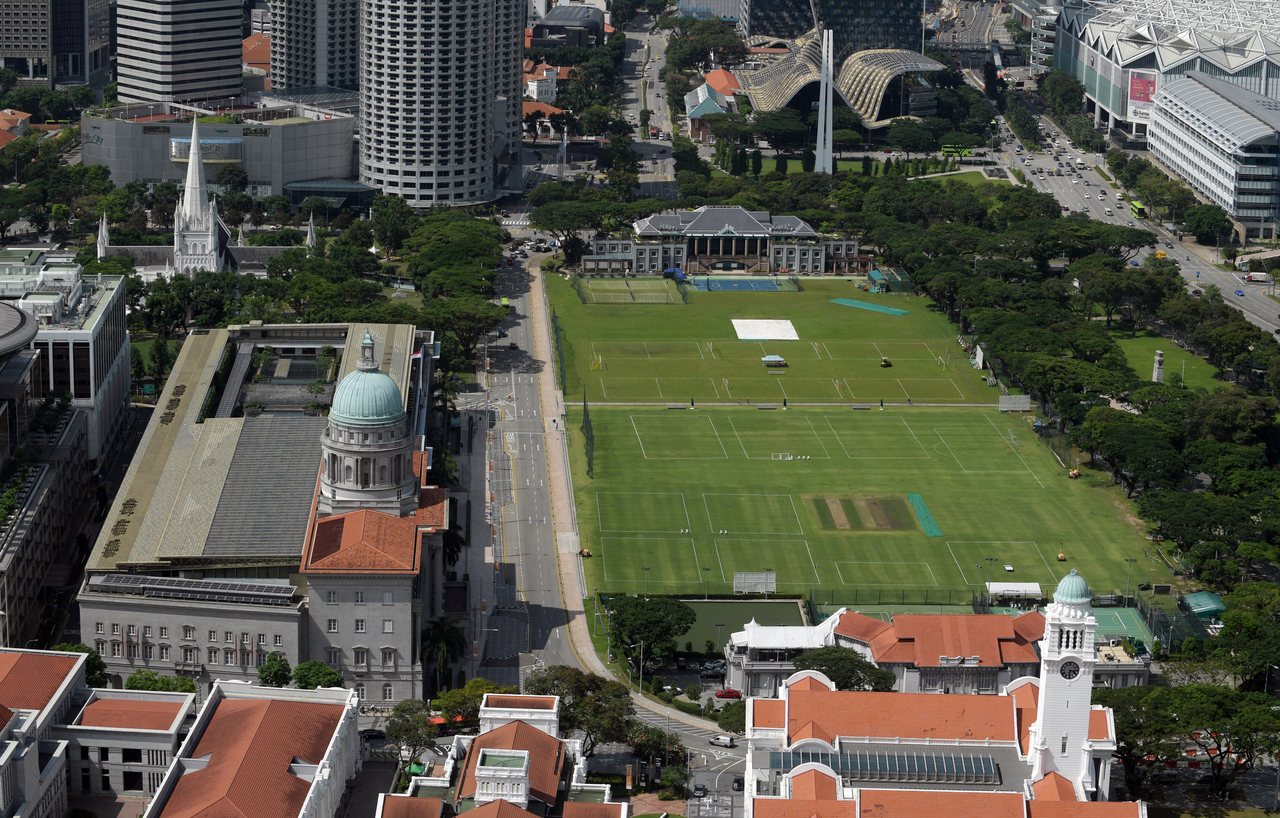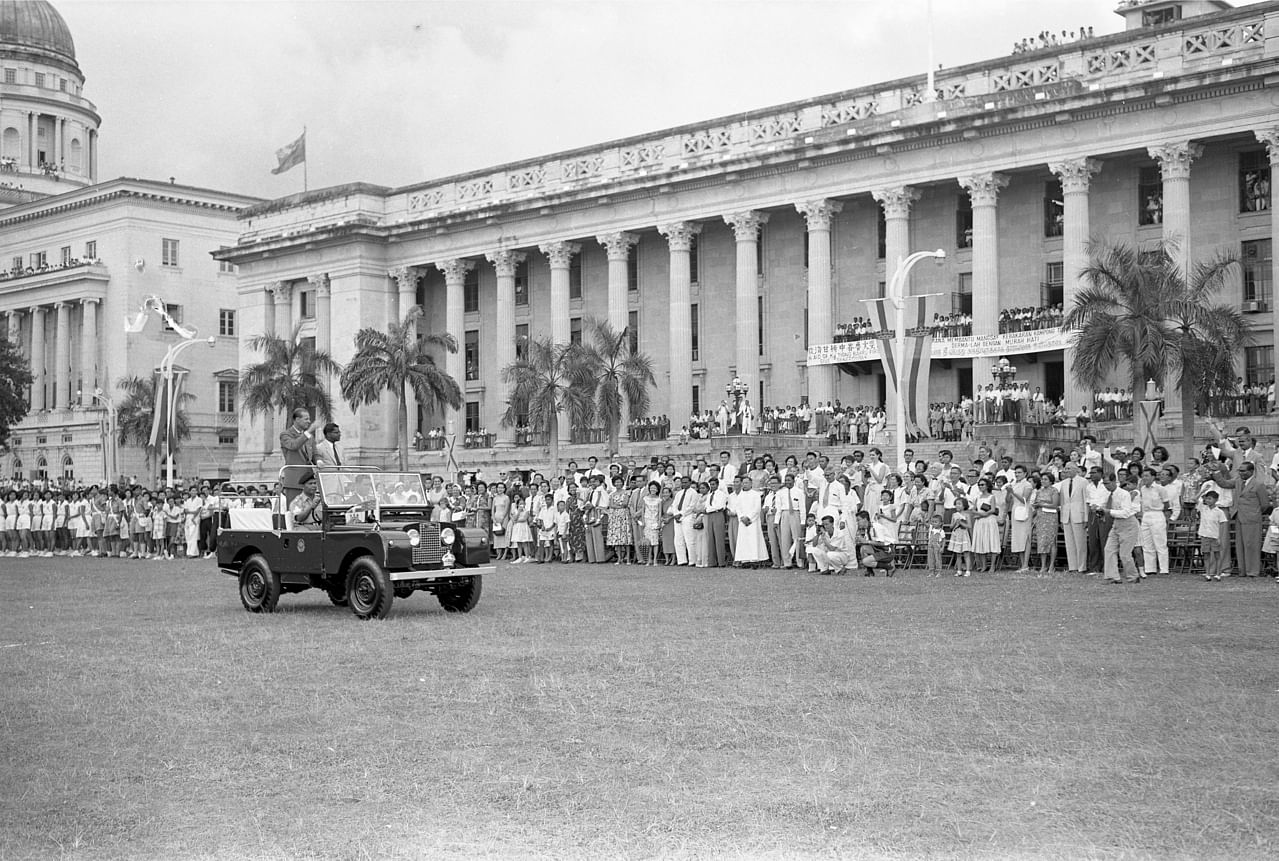Proposed change to law expands definition of S’pore monuments, better protects such sites
Sign up now: Get ST's newsletters delivered to your inbox

The Bill will allow the Government to gazette the Padang as a national monument.
ST PHOTO: ALPHONSUS CHERN
Follow topic:
SINGAPORE - Changes have been proposed to the law protecting monuments to increase the types of sites that are considered monuments and better protect existing ones.
On Monday (Oct 4), the Preservation of Monuments (Amendment) Bill was introduced in Parliament and, if passed, will facilitate the gazetting of sites like the Padang - which do not house historical structures - as national monuments.
The Bill also seeks to expand the powers of the National Heritage Board (NHB) to ensure that national monuments are protected from unauthorised works that may affect their character and significance.
The first proposed change will see the definition of "monument" expanded in the Preservation of Monuments Act (PMA), said the Ministry of Culture, Community and Youth (MCCY) in a statement.
The current definition of "monument" in the PMA allows for the preservation of buildings and structures, as well as sites containing the remains of any such building or structure.
Under the Bill, the new definition of "monument" will allow for the preservation of "any site", defined as any open space, any inland waters, or any area of land containing anything that evidences human activity, present or past, including an intact building or buildings.
This will allow the Government to gazette the Padang as a national monument, following its August 2019 announcement that it intended to do so.
"The Padang is a site of high heritage value in the collective memory and consciousness of many generations of Singaporeans," said MCCY's statement.
The other proposed amendments will increase NHB's enforcement powers for national monuments, aligning them with the enforcement powers for conserved buildings under the Planning Act.
"As buildings, structures and sites deemed to have greater national and historical significance, national monuments should enjoy a similar, if not higher, level of protection compared to conserved buildings," said MCCY.
Under the proposed amendments, NHB will be allowed to serve an enforcement notice and put a stop to any operation or activity if it makes the professional assessment that these place a national monument at risk of being destroyed, removed, damaged or altered.
The Bill also proposes that without NHB's written permission, a person is not allowed to clear, dig up, excavate or cultivate any plant or tree on or in a site that is already a national monument, or has been proposed as one.
In addition, the proposed changes will allow the director of national monuments or a monument inspector to forcibly enter a monument without warrant in certain instances when the director or inspector is unable to enter or is refused entry to the land or site, and has reasonable grounds to suspect that offences have been committed.

Britain's Prince Philip waving to spectators during an inspection tour at the Padang in February 1959.
PHOTO: NANYANG (S)
These offences include failure in duty to maintain a monument, carrying out works without written permission, failure to comply with an enforcement notice, and defacing, damaging or interfering with monuments.
These protections will also apply to buildings or sites whose owners and/or occupiers have been issued a notice informing them of the authorities' intention to preserve their property.
"This will ensure that such properties are adequately protected while the status of the property is given due consideration," said MCCY.
It added that the proposed amendments are part of efforts by MCCY and NHB under the five-year heritage master plan - Our SG Heritage Plan - to further safeguard Singapore's built heritage for future generations.

